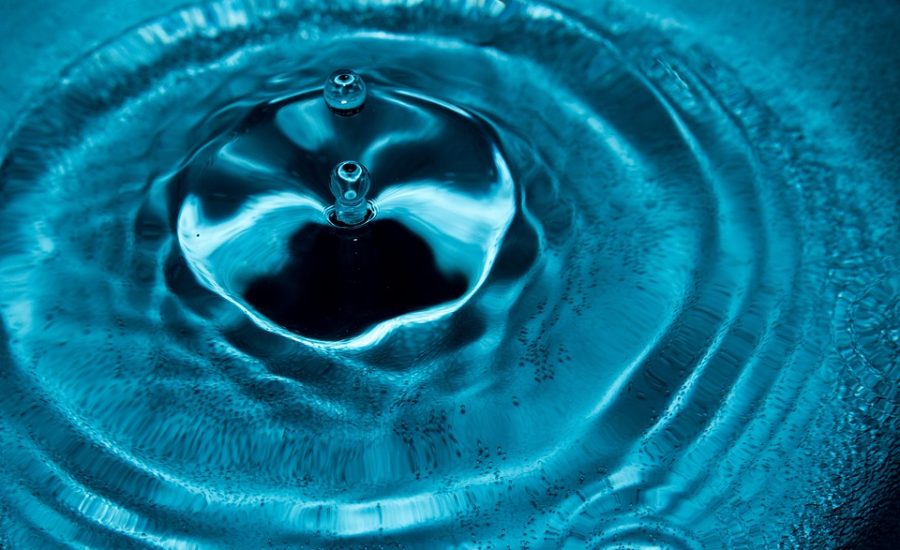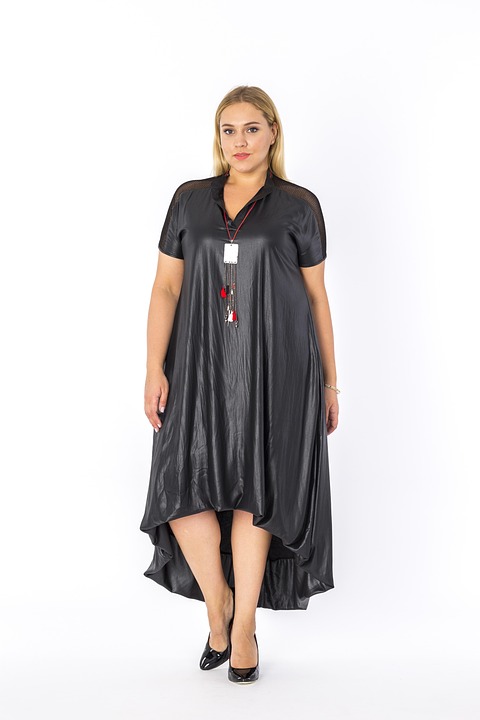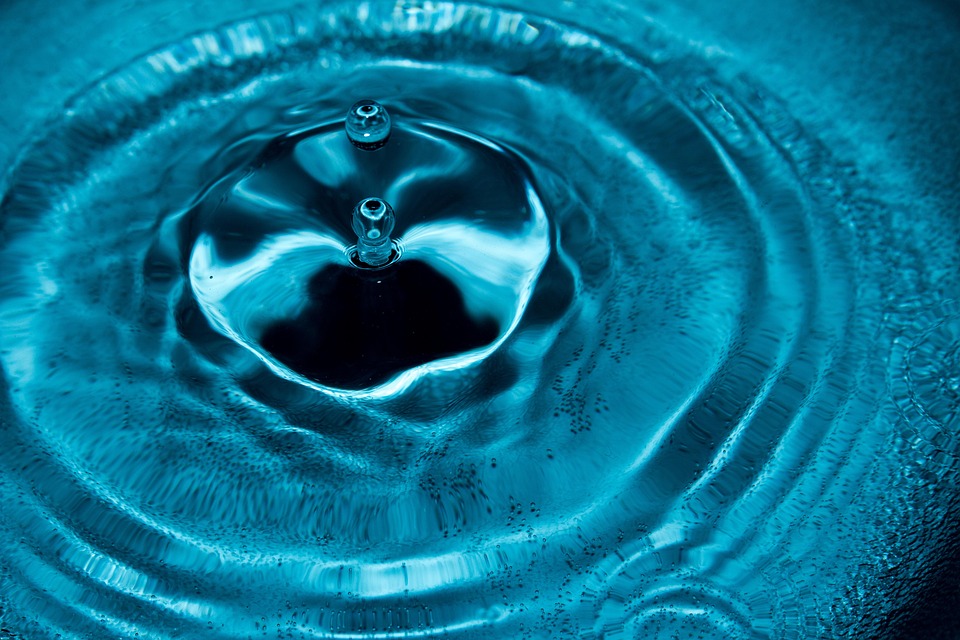In the quest for a slimmer silhouette, many individuals are exploring non-invasive options that promise effective results without the need for surgical intervention. One such method is non-surgical fat freezing, also known as cryolipolysis. In this comprehensive guide, we will delve into what fat freezing entails, how it compares to liposuction, its pros and cons, and whether it might be the right choice for you.
What is Non-Surgical Fat Freezing?
Non-surgical fat freezing is a cosmetic procedure aimed at reducing stubborn fat deposits in various areas of the body. The treatment utilizes controlled cooling to target and eliminate fat cells beneath the skin. Unlike traditional liposuction, which requires incisions and anesthesia, fat freezing is a non-invasive procedure that leaves surrounding tissues unharmed.
How Does Fat Freezing Work?
The science behind fat freezing is simple yet effective. Here’s how the process works:
- Targeting Fat Cells: The procedure uses a device that emits cold temperatures to target subcutaneous fat cells.
- Triggering Apoptosis: The cold causes fat cells to undergo a process called apoptosis, which is essentially a natural cell death.
- Gradual Elimination: Over the weeks following the treatment, the body’s lymphatic system naturally removes the dead fat cells, resulting in visible fat reduction.
Areas Commonly Treated with Fat Freezing
Fat freezing can be effective on various areas of the body, including:
- Abdomen
- Thighs
- Flanks (love handles)
- Arms
- Chin
- Back
Comparing Non-Surgical Fat Freezing and Liposuction
When it comes to body contouring, it’s essential to weigh the options thoroughly. Here’s how fat freezing stacks up against traditional liposuction.
Safety
- Fat Freezing: This procedure is FDA-cleared and generally regarded as safe when performed by qualified practitioners. Side effects are usually mild, such as redness, swelling, or temporary numbness.
- Liposuction: While typically safe, liposuction carries more risks due to its invasive nature. These can include scarring, infection, and anesthesia complications.
Recovery Time
- Fat Freezing: Most patients return to their regular activities immediately after the procedure. There’s no downtime involved.
- Liposuction: Recovery can take several weeks, with activity limitations advised during the initial healing phase.
Results
- Fat Freezing: Results are gradual, usually visible within a few weeks, and may improve for up to six months after treatment.
- Liposuction: Results are immediate but may take time to stabilize due to swelling.
Pros and Cons of Non-Surgical Fat Freezing
Every cosmetic procedure has its advantages and drawbacks. Let’s break down the pros and cons of non-surgical fat freezing.
Pros
- Non-Invasive: No surgical incisions or anesthesia required.
- Minimal Downtime: Most patients resume normal activities immediately.
- Gradual Results: Natural-looking fat reduction occurs over time.
- No Need for Recovery Prep: Easier to fit into a busy schedule.
Cons
- Not for Significant Weight Loss: Ideal for targeted fat reduction rather than overall weight loss.
- Multiple Sessions Needed: Some patients may require more than one session for optimal results.
- Temporary Side Effects: Mild discomfort, redness, or swelling in the treated area.
Who is an Ideal Candidate for Fat Freezing?
While non-surgical fat freezing can be effective, it’s not for everyone. Ideal candidates typically:
- Have noticeable bulges of fat in specific areas
- Are near their weight goal but struggle with stubborn fat
- Lead a healthy lifestyle with a balanced diet and exercise
- Have realistic expectations about the results
Who Should Avoid Fat Freezing?
- Individuals with certain medical conditions, such as cryoglobulinemia or cold agglutinin disease
- Those with significant weight (BMI over 30) or fat loss needs
- Pregnant or nursing women
What to Expect During the Procedure
Understanding what to expect can help ease any anxiety about undergoing fat freezing. Here’s a breakdown:
- Consultation: The process begins with a consultation to assess your goals and examine your treatment areas.
- Preparation: The technician will mark the targeted areas and apply a gel pad for skin protection.
- Treatment: The cooling device is placed on the marked area. You may feel a cooling sensation, which usually subsides after a few minutes.
- Post-Treatment: After about an hour, the device is removed, and some massage may be applied to enhance results.
Cost Considerations
The cost of non-surgical fat freezing can vary significantly based on factors like location, practitioner expertise, and the number of sessions required. On average, treatments could range from $600 to $1500 per session. It’s essential to consult with your provider for a detailed quote based on your specific needs.
Conclusion
Non-surgical fat freezing offers a safe and effective alternative to liposuction for individuals looking to reduce localized fat bulges without the risks associated with surgery. By understanding the procedure, its benefits and limitations, you can make an informed decision about whether it aligns with your aesthetic goals.
If you’re contemplating non-surgical fat freezing or any other cosmetic procedure, always consult a qualified practitioner for tailored advice and to ensure the best results for your individual circumstances. With diligence and proper care, achieving your body contouring goals can be more manageable than ever!








 Weight Loss, Unlocked.
Weight Loss, Unlocked.